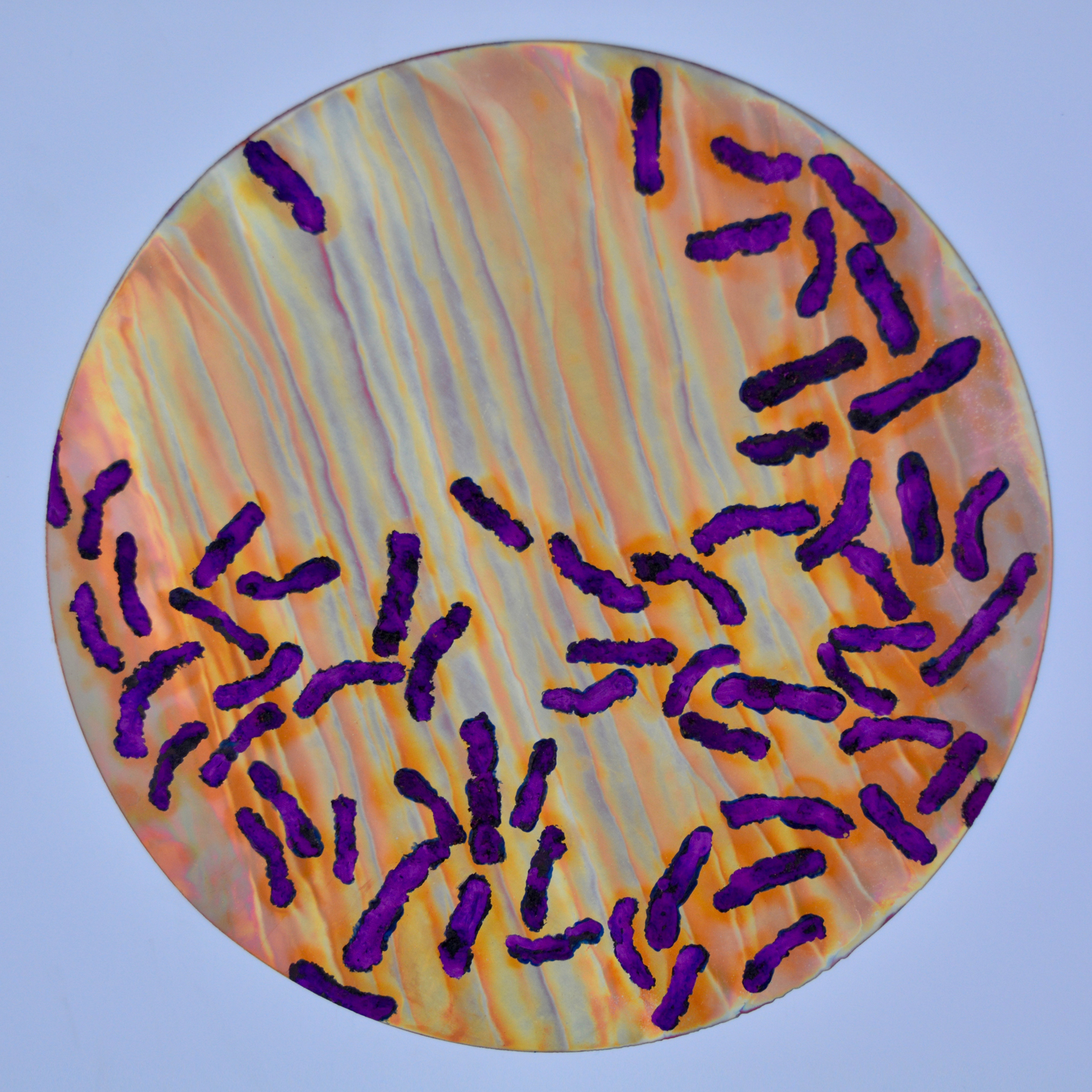Purple Bacteria
Purple bacteria also known as proteobacteria are phototrophic, capable of producing their own food via photosynthesis. They are pigmented with bacteriochlorophyll, together with various carotenoids, which give them their color. They may be divided into two groups – purple sulfur bacteria ( Chromatiales) and purple non-sulfur bacteria ( Rhodospirillaceae). Purple bacteria are anoxygenic phototrophs widely spread in nature, but especially in aquatic environments, where there are anoxic conditions that favor the synthesis of their pigments.
Purple bacteria inhabit illuminated anoxic aquatic and terrestrial environments. Even if sometimes the two major groups of purple bacteria coexist in the same habitat, they occupy different niches. Purple sulfur bacteria are strongly photoautotrophs and do not adapt an efficient metabolism to grow in the dark. Purple nonsulfur bacteria are strongly photoheterotrophs, even if they are capable of photoautotrophy, and are equipped for living in dark environments. Purple sulfur bacteria can be found in different ecosystems with enough sulfate and light, some examples are shallow lagoons polluted by sewage or deep waters of lakes, in which they could even bloom. Blooms can both involve a single or a mixture of species. They can also be found in microbial mats where the lower layer decomposes and sulfate-reduction occurs. Purple non-sulfur bacteria can be found in both illuminated and dark environments with lack of sulfide. However, they hardly form blooms with sufficiently high enough concentration to be visible without enrichment techniques.
Purple bacteria have evolved effective strategies for photosynthesis in extreme environments; in fact they are quite successful in harsh habitats.
Copyright: Wikipedia (CC BY-SA 3.0)

Copyright: Cheryl Safren
